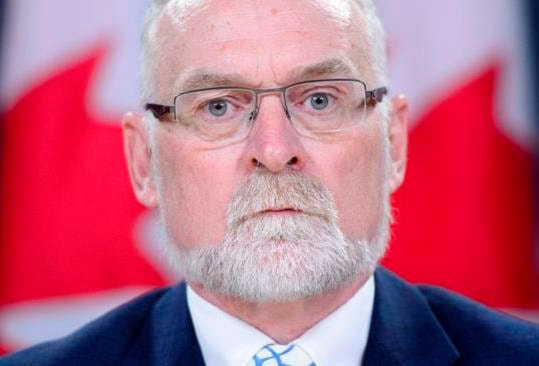Indigenous Services Canada is failing to measure and accurately report the social and economic gaps between First Nations people on reserves and other Canadians, auditor general Michael Ferguson said Tuesday.
“These findings matter, because measuring and reporting on progress in closing socio-economic gaps would help everyone involved —including Parliament, First Nations, the federal government, other departments and other partners — to understand whether their efforts to improve lives are working,” Ferguson said in his annual spring report.
“If the gaps are not smaller in future years, this would mean that the federal approach needs to change.”
The report found the department is not using large amounts of data provided by First Nations and other sources. It also has failed to engage meaningfully with First Nations people in order to report whether their lives on reserves are improving.
Ferguson said the index which Indigenous Services uses to measure the social and economic well-being of First Nations people on reserves is not complete because it doesn’t include certain aspects important to First Nations people, such as health, environment, language and culture.
It does include education, employment, housing and income as components of well-being.
Ferguson noted the department did not measure the education gap on reserves, which he said has widened in the last 15 years.
His report found that education results for First Nations students have not improved compared with other Canadians and the information that was reported by the department was inaccurate.
“The department’s method of calculating and reporting the on-reserve high school graduation rate of First Nations students overstated the graduation rate, because it did not account for students who dropped out between Grades 9 and 11,” it said.
Using department data from the 2011-12 to the 2015-16 fiscal years, Ferguson’s auditors calculated graduation rates that accounted for all students who dropped out in Grades 9, 10, 11. His office found these rates were 10 to 29 percentage points lower than reported by the department.
This means that the department’s data shows about 46 per cent of First Nations students graduated, but Ferguson’s report showed that only about 24 per cent of students who started in Grade 9 actually finished high school within four years.
The department did not report on most education results to determine if the gap was closing, nor did it collect data to improve programs or inform funding decisions, or assess data for accuracy and completeness. It was unable to report how federal funding for on-reserve education compares with funding levels for other education systems across the country.
Ferguson also looked at how Social Development Canada implemented, monitored, reported on and improved two programs aimed at helping Indigenous people find jobs.
He found the department did not collect data or identify performance indicators that would show whether the Aboriginal Skills and Employment Training Strategy and the Skills and Partnership Fund were increasing the number of people getting work.
When the department used data, it was old. The report found that the department allocated money under the training strategy based on information from 1996, which doesn’t reflect current needs. The department did not reallocate funding to groups that had been consistently and successfully training individuals and helping them get jobs.
Ferguson’s audit found the department could show that the two programs had helped people find jobs, but couldn’t say whether those jobs were part-time or full-time or how long people stayed employed.
Janice Dickson, The Canadian Press
